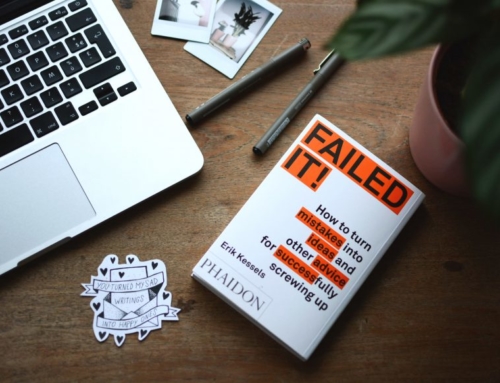The benefits of using email for accounts receivable purposes, such as sending out invoices, getting customers to pay or sending out reminders, are numerous. You are using less energy, resources and money to send more emails to more customers and get paid faster. When you are switching from sending old fashioned mail to using email, however, you will need to get those customers to give you their email address and be on board for the switch.
In a previous post of this series we covered a few tactics you could use for getting your customers to make the switch with you to email, such as offering incentives or calling them to help gather addresses. First and foremost, you need to send them a letter to explain why you’re switching and gather support. This letter will get your customers to send you their email address. Although most companies would much rather communicate via email, some may be hesitant so the letter needs to address all concerns. Below, we’ve included a “going paperless” sample letter template to get your customers to send their email address to you for accounts receivable purposes.
Dear ,
As we consistently look to improve our process at , we have recognized that continuing to use mail for accounts receivable is not the most efficient process. In order to continue giving our customers the quickest service and best attention, we will now be conducting all of our accounts receivable communication via email. This includes sending of invoices, payment reminders and collection letters. By sending these documents via email we can ensure each includes the necessary information and can be received in a reasonable amount of time for our customers to pay by the due date.
In order for emailing to be successful, we need you to send us the best email contact for your accounts payable department by . The email can be sent to . If you don’t feel comfortable with this switch, please give us a call at .
Thank you for helping us to provide the best service,
This sample letter to customers explains the benefits of emailing invoices, reminders, and other accounts receivable communications. They will receive their invoices quickly, giving them more time to pay and will receive better customer service. By giving a deadline, around 2 weeks, you can ensure that most customers will send over the email contact quickly. Finally, including a way for customers that are unsure about this switch to contact you will ease concerns and hopefully gain an email through the phone conversation.[vc_row]




